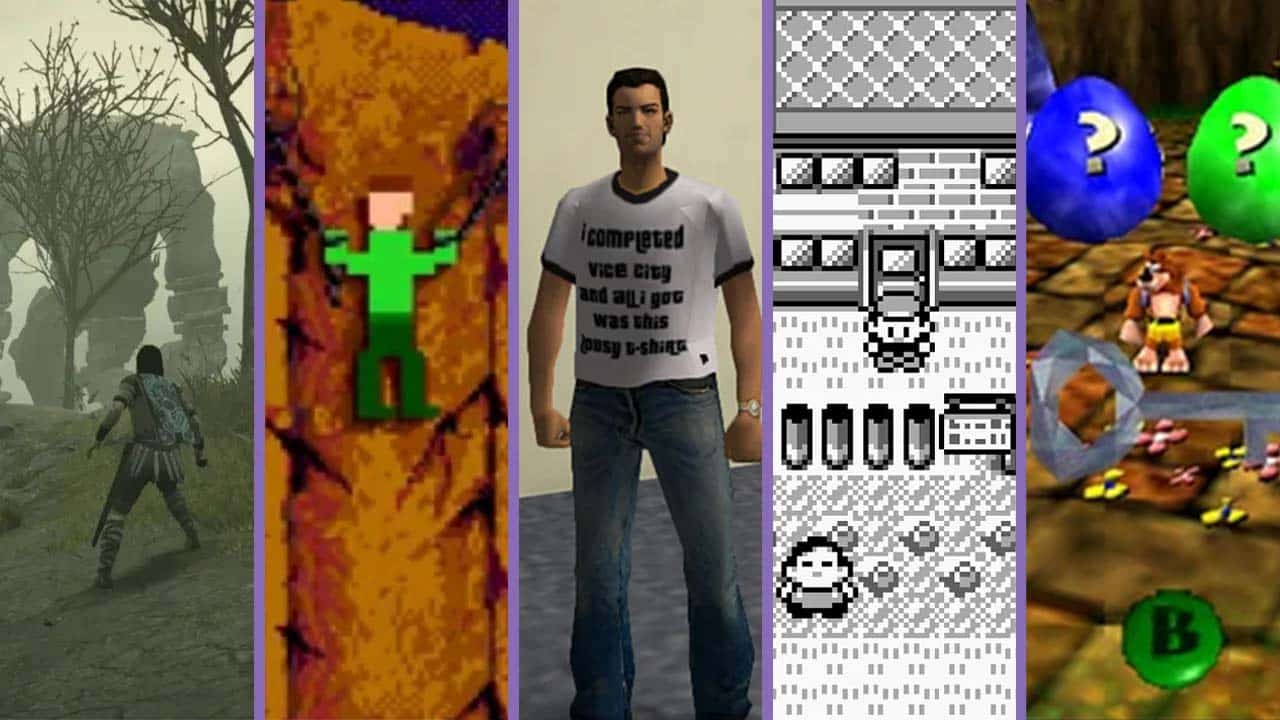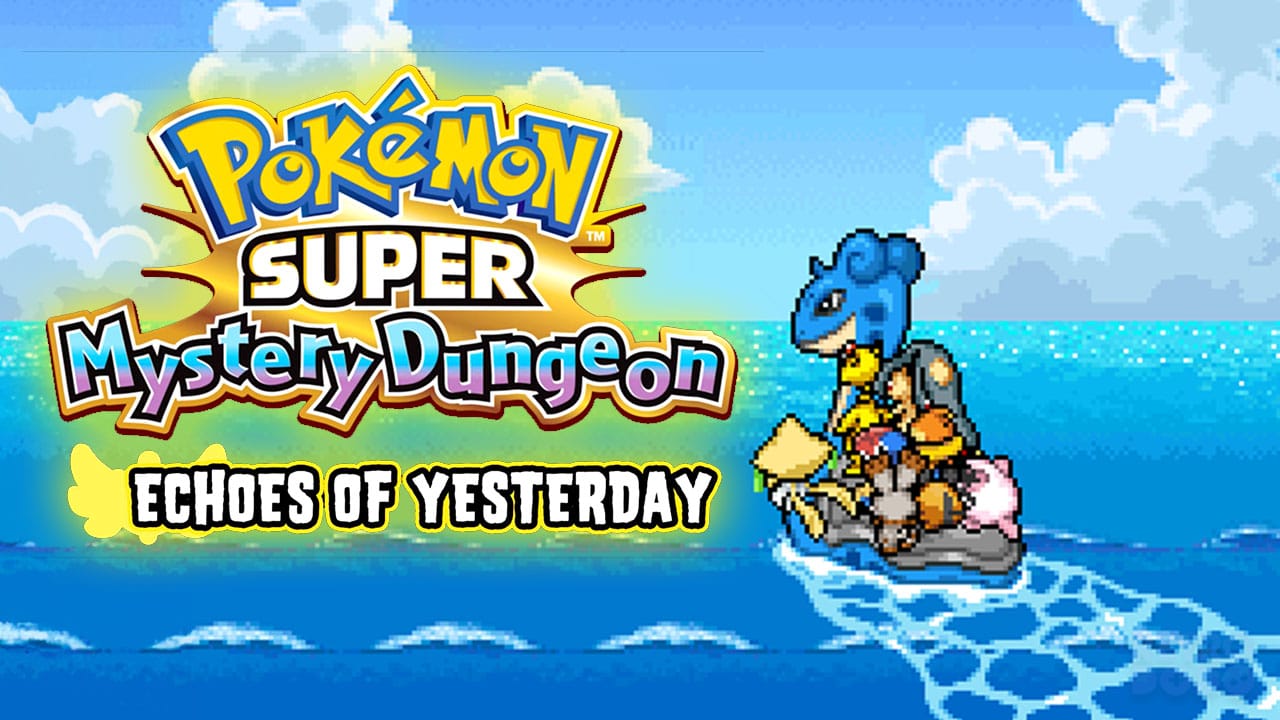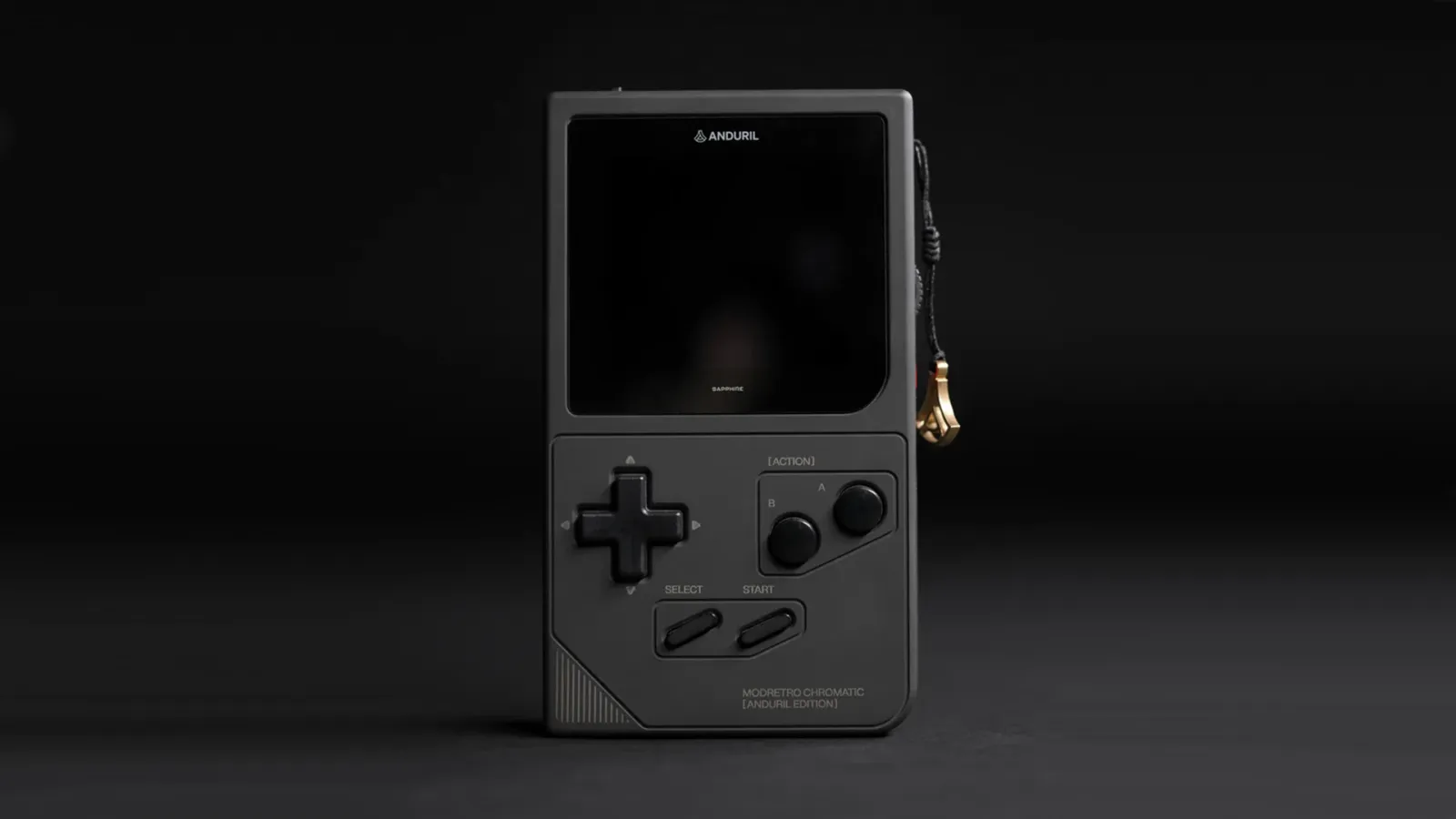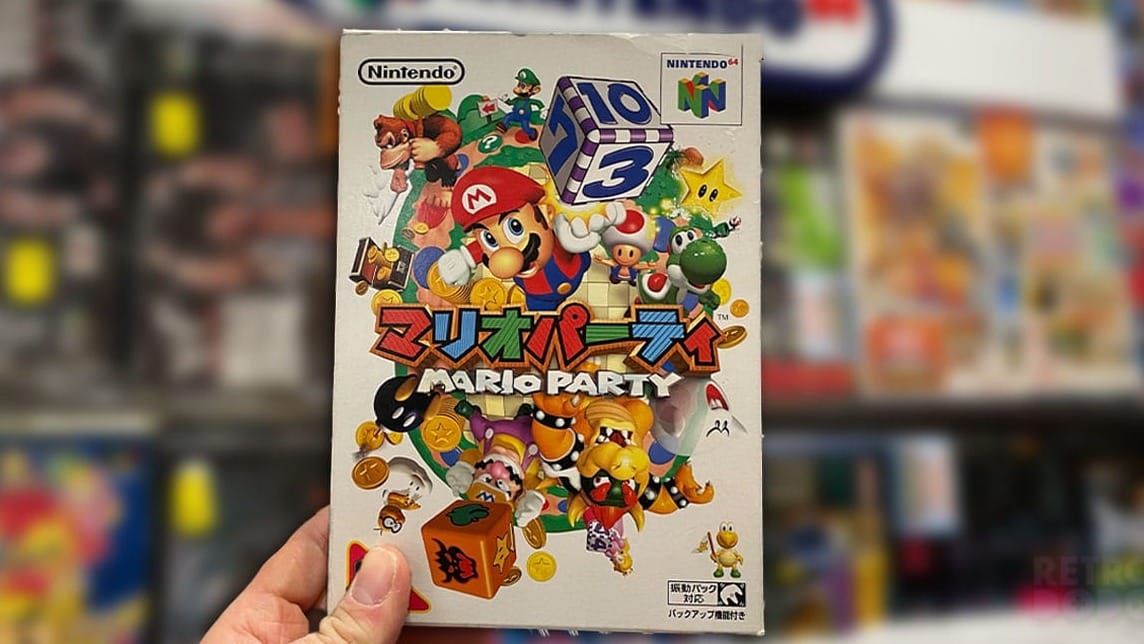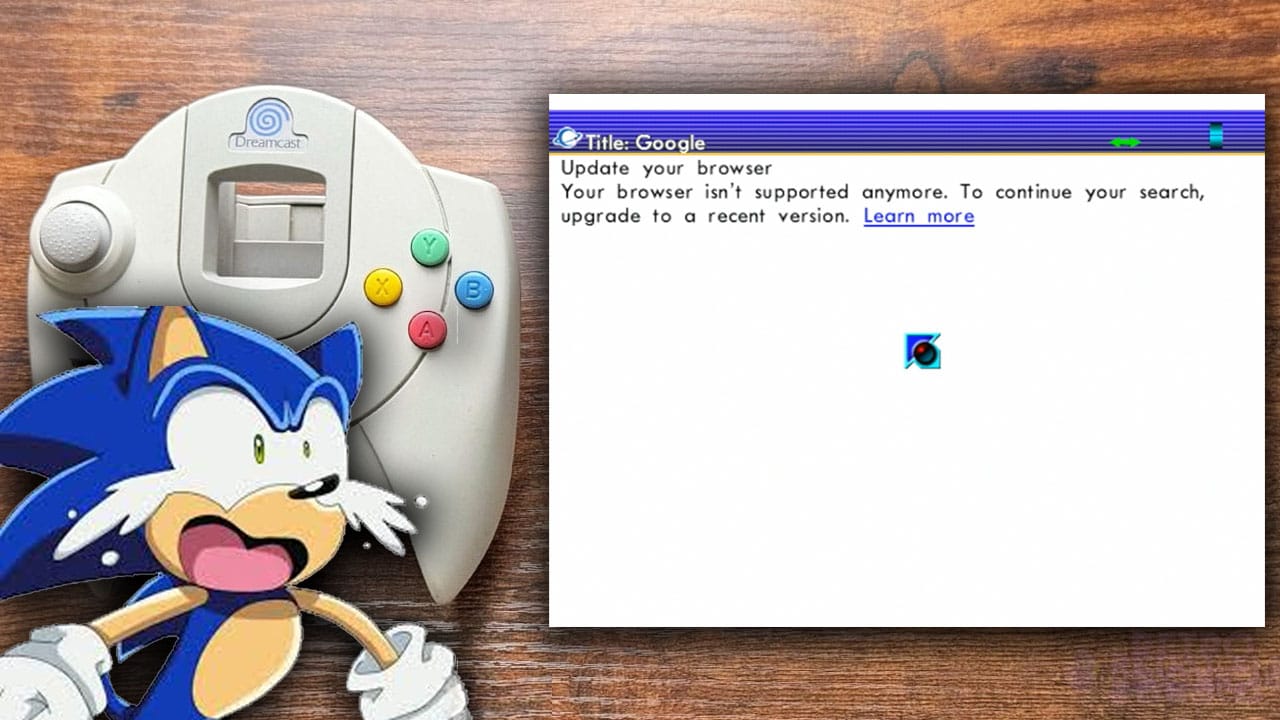With shop shelves filled with chocolate eggs and the bank holiday weekend imminent, the Retro Dodo team wanted to share our favourite gaming Easter Eggs. We’re the generous sort, you see.
Easter Eggs, or hidden messages, images, and features have been popping up in video games since the 1970s, with the earliest known Easter Egg appearing in 1973’s Moonlander which featured a surprise appearance of a McDonald’s restaurant on the moon.
Since then, developers have found increasingly clever ways to hide little jokes, references and secrets within their games. From unused gameplay mechanics to nods to previous games, and from memorable glitches to rude messages, Easter Eggs can take any shape or size but always reward a player’s curiosity and tenacity for finding them.
These are just a selection of our favourite Easter Eggs from gaming history, and we hope you enjoy reading about them as you tuck into your second or third chocolate egg of the day.
The Ice Key in Banjo Kazooie – Seb Santabarbara, Editor In Chief
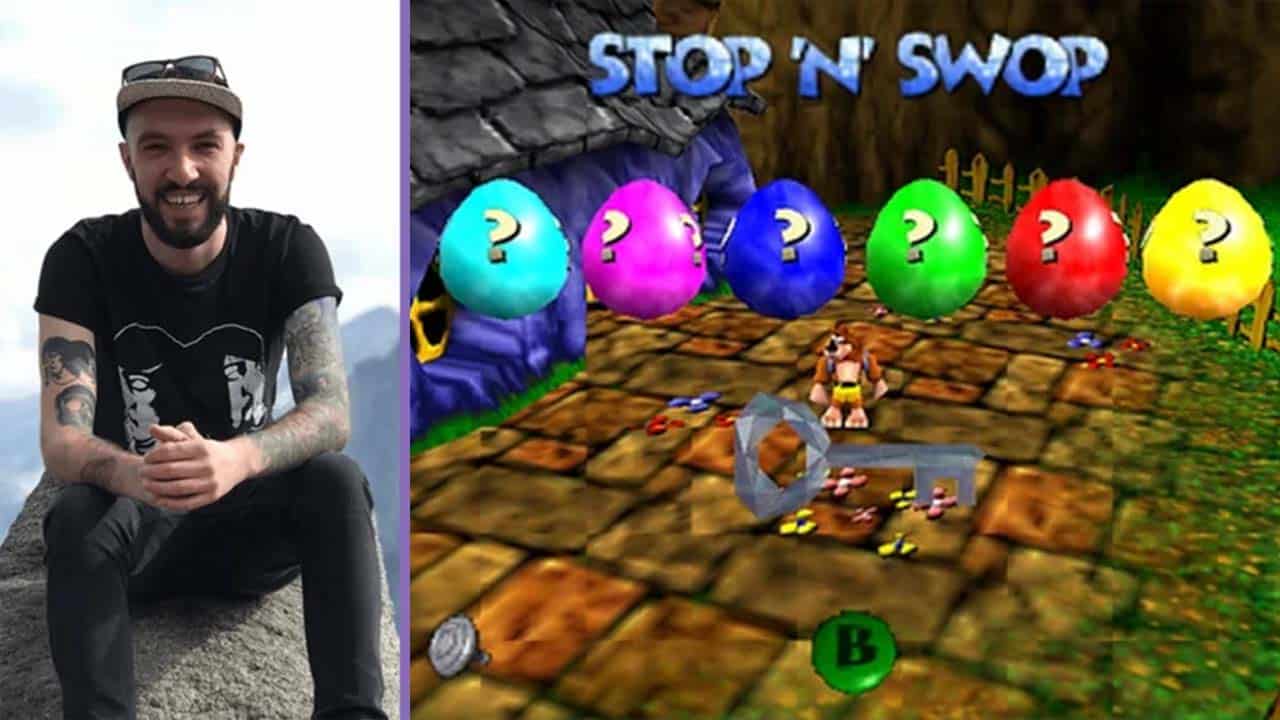
When it comes to finding gaming Easter Eggs, mine will always be the discovery of a bunch of actual eggs… and an Ice Key. Yes, I’m talking about Banjo-Kazooie on the N64 and the items that taunted me for years without actually knowing what they did.
Or in the case of that Ice Key, how to even get it.
Imagine me, aged 8, ringing up the Nintendo Hotline to ask them about the Ice Key that I saw spinning around inside Wozza’s Cave, unable to get to it and not knowing what it did. Then imagine the Nintendo Hotline telling me that they didn’t know either. That only fuelled my desire to know what these Easter Eggs did and why I was being toyed with.
Then there was the actual Mystery Eggs themselves. Although these items were intended for use in Banjo-Tooie, the Stop ‘n’ Swop idea was shelved pretty quickly. The fact that Mumbo made all the items available to collect after getting 100 Jiggies made the reveal a little lacklustre too.
Later in life, I discovered that I could enter codes into the Sandcastle in Treasure Trove Cove. Typing them in letter by letter was an incredibly tedious task, but when it came to getting that Ice Key it felt like I was part of a massive jewel heist… albeit one in an icy cave in a home occupied by a Walrus.
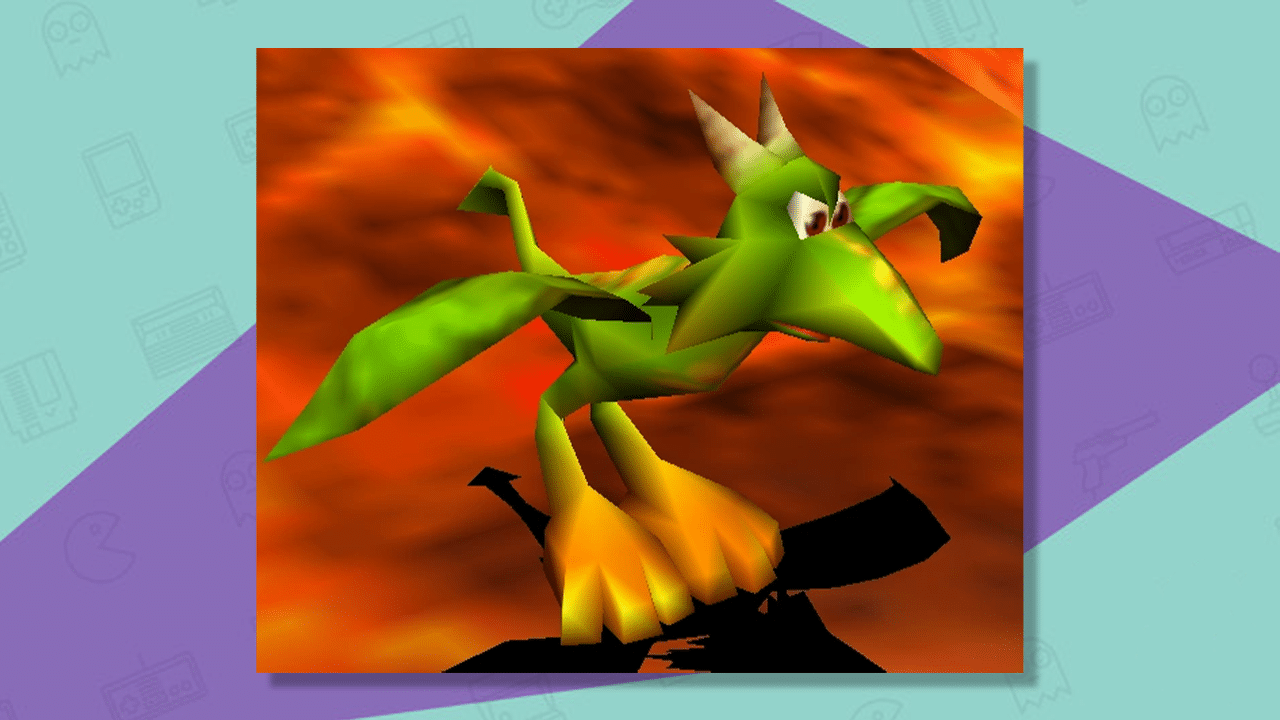
Some of the items do have uses in Banjo-Tooie, but you have to collect them in game all over again in new locations, as the split-second swapping of N64 carts to transfer items over would have required the skills of a ninja. The Ice Key, for example, unlocks a door that reveals an item Humba Wumba can use to turn Kazooie into a Dragon, for example.
It wasn’t until Xbox acquired Rare that the items truly found their purpose. Users of Xbox Live Arcade with save files of Banjo-Kazooie and Banjo-Tooie could finally pass the items through both games.
While some of the eggs unlocked items in Tooie as mentioned above, players of Banjo-Kazooie: Nuts and Bolts could use them to unlock special parts to use in their builds, passing the items through three titles. Thanks to Microsoft, Rare finally realised their dream of the Stop ‘n’ Swop and brought those mysterious Easter Eggs to life.
Pitfall Harry in Pitfall: The Mayan Adventure – Jason Brown, Retro Gaming Expert

Back in the 90s, it was the case that sometimes full, ‘old’ games were included inside newly released titles. Perhaps due to the snobbiness around games from previous generations, these were often hidden and inaccessible as an option unless found and unlocked in-game.
For example, one of my favourite early gaming Easter Eggs is in Pitfall: The Mayan Adventure.
It’s a pretty mediocre action platformer in its own right, though it has decent production values; it certainly looks and sounds the part, with some lovely animation to boot.
Yet the main game was never the attraction for me.
Instead, being a bit of a nostalgia freak even back when Pitfall: The Mayan Adventure was launched (in 1994, well into the life of the SNES, Mega Drive and Mega CD platforms it was originally released on), my interest was piqued by the news that it included the full, original Atari 2600 Pitfall game!
These days, you’d expect an entire game within a game to either be paid DLC or just accessible as an option from the main menu. But in Pitfall: The Mayan Adventure, the original Atari title that spawned the series was only unlocked when players found a secret doorway on the fourth stage.
Though that was the case, it wasn’t the only Easter Egg that Pitfall: The Mayan Adventure contained.
The game’s plot saw the original Pitfall’s hero, the Indiana Jones-esque Pitfall Harry, kidnapped, with you in control of his son, Pitfall Harry Jr., with the aim being to rescue your father.
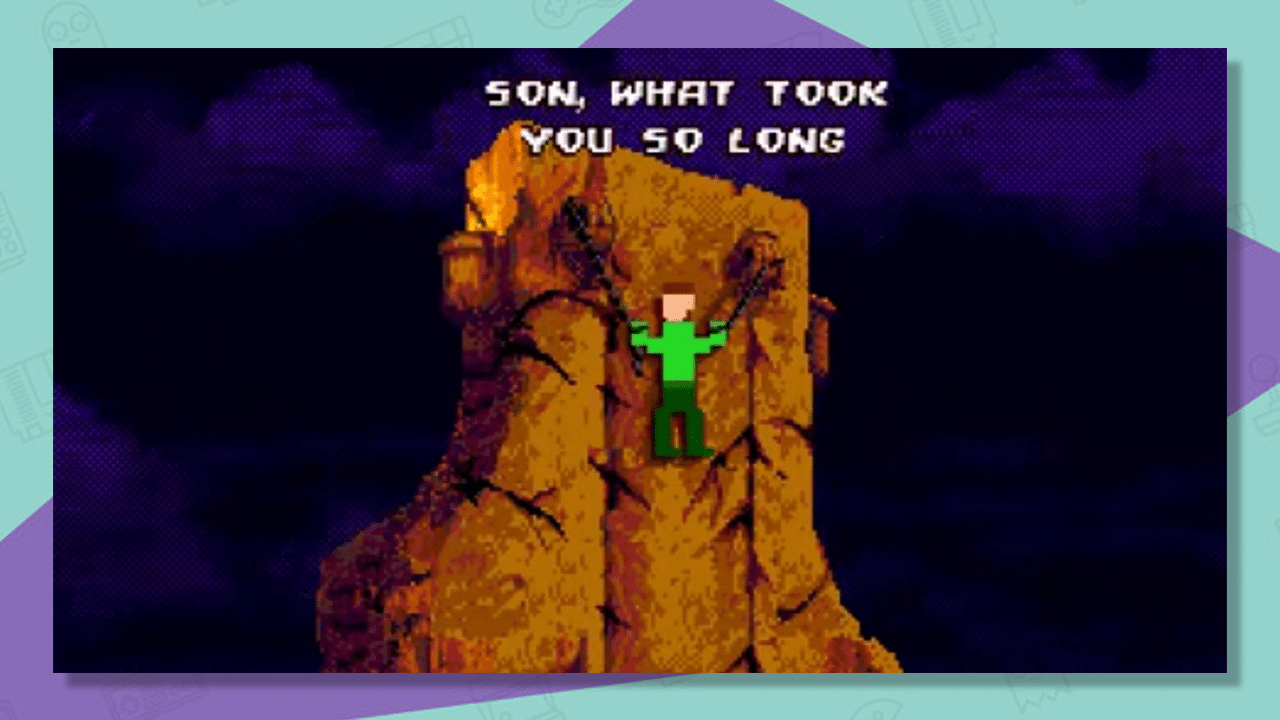
When you did reach him, he was revealed as the blocky sprite from the original Pitfall game. It’s a clever and self-referential nod to the first title and totally justifies the inclusion of the Atari game too.
Despite the fact that Pitfall: The Mayan Adventure was a bit of an underwhelming game in and of itself, the clever secrets it contained have lingered in my memory for the past three decades!
The Gant Bridge in Grand Theft Auto: San Andreas – Theo Litston, Editor
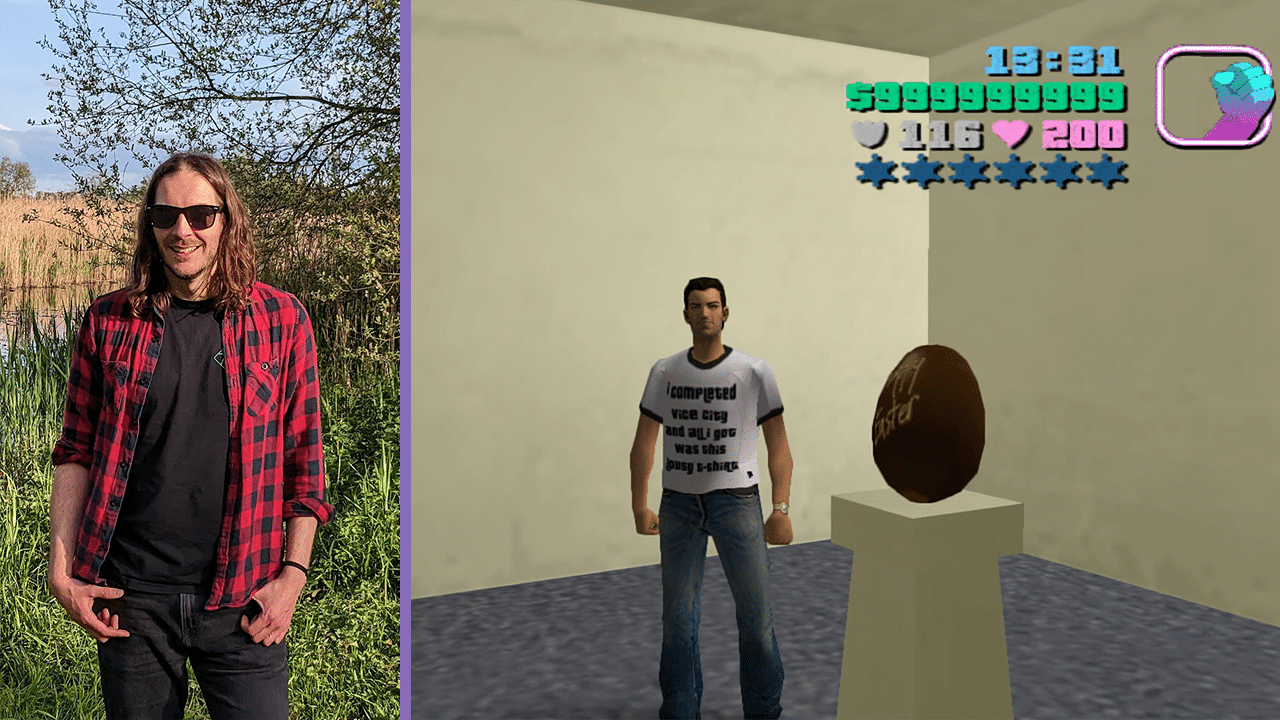
In standard Theo behaviour, I’ve elected to be greedy and gorge myself on more than one Easter Egg from a series that cemented my love of hunting for secrets in games.
While Easter Eggs in games existed long before the halcyon days of the PlayStation 2, for me, Rockstar’s trio of 3D Grand Theft Auto games on Sony’s second home console are my favourite and most memorable.
Grand Theft Auto 3 saw Rockstar’s claws come out for open-world competitor Driver, with a mission called ‘Two-Faced Tanner’. The mission tasked players with eliminating a rival gang member known as Tanner, who coincidentally, shares his name with the protagonist of Driver. Cited as being ‘more or less useless out of his car’, once GTA3 players destroyed Tanner’s car he’d limp away for an easy kill.
Vice City took the concept of an in-game Easter Egg literally and included a hidden chocolate treat tucked away inside a nondescript building in the Downtown area of the second island. It’s one most players are unlikely to discover naturally as finding this symbolic egg requires players to launch Tommy Vercetti from a helipad through a specific window of a neighbouring skyscraper.
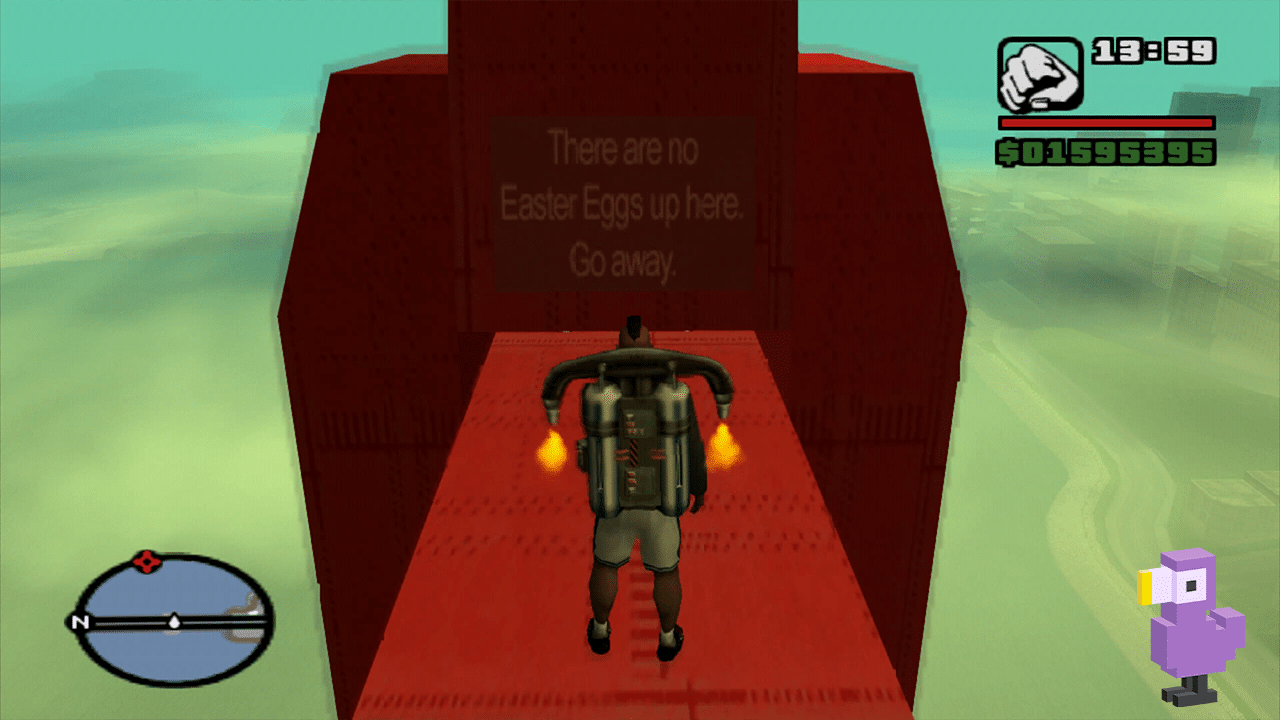
My final choice on my glutenous rampage through Grand Theft Auto’s PS2 Easter Eggs comes from San Andreas. San Andreas was released when I was in college and provided ample escapism from stuffy classrooms and barely-there lecturers.
After providing an actual Easter Egg in Vice City, Rockstar outdid themselves with San Andreas by lambasting players for trying to discover similar secrets.
What remains one of my favourite gaming Easter Eggs sits atop the Gant Bridge. Getting to the top of San Andreas’ facsimile of the Golden Gate Bridge was no easy task. I vividly remember protagonist CJ slowly ascending to the top of the bridge with the aid of the unlockable jet pack, firmly planting his feet on the top of the bridge and discovering the now-iconic sign that reads ‘There are no Easter Eggs up here. Go away.’
The Secret Garden In Shadow Of The Colossus – Rob Page, Video Producer
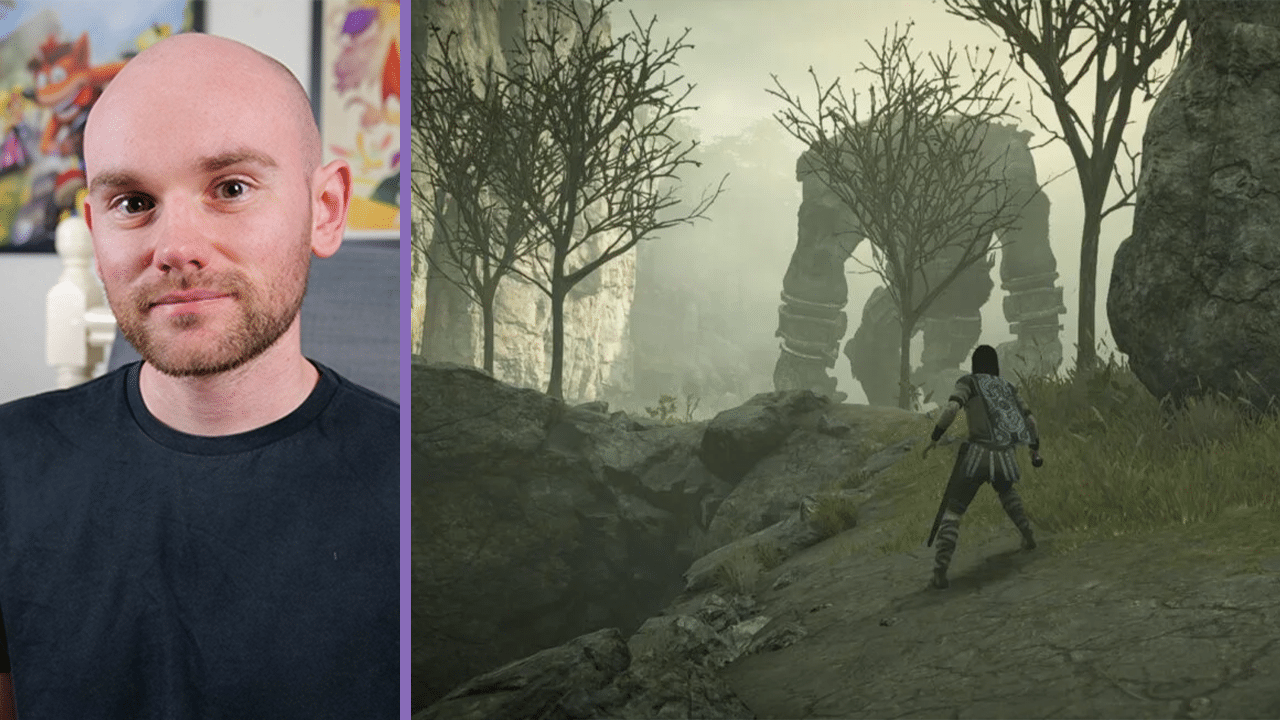
There are so many amazing Easter Eggs in video games that it’s difficult to narrow it down to just a single one. However, the big one that stands out in my mind comes from Shadow of the Colossus, not only because of the obscurity of how you access it, but the fact that it technically unlocks a secret gameplay feature.
I am of course referring to the Secret Garden shown in the final cutscene of the game. It’s found at the very top of the Shrine of Worship and is completely inaccessible during standard gameplay. However, by finishing the game three times and increasing your maximum stamina to an absurd degree, you’ll have just enough strength to climb a huge mossy wall and barely be able to pull yourself up into this mysterious location.
Here, you can find a whopping forty-eight pieces of fruit which, instead of increasing your vitality like in the standard areas of the game, will permanently decrease your stats, effectively giving you the option to revert yourself back to the state you started your first playthrough in.
Now why would you want to do this?
There’s seemingly no reason. For a long time, players suspected an alternate ending was tied to the mystery fruit or the secret area itself, but nothing was ever found.
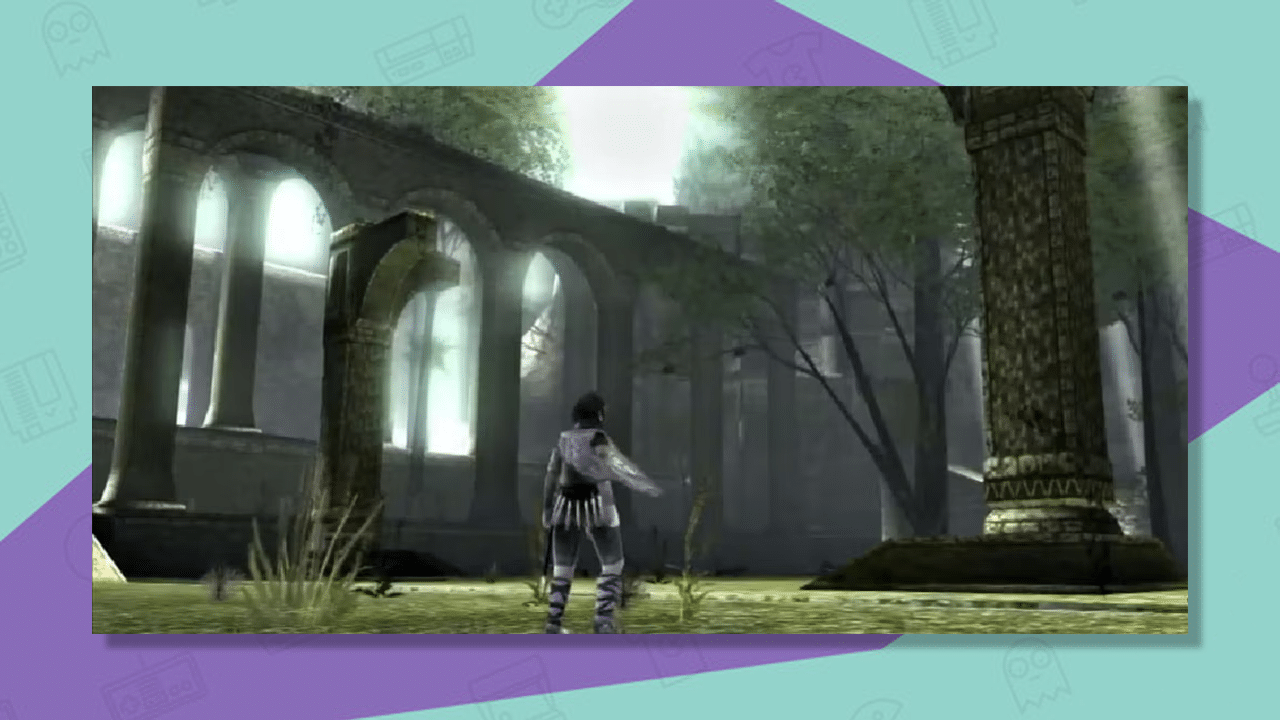
From the Secret Garden, you can even cross the huge bridge spanning half of the entire world map, eventually reaching the entrance to the Forbidden Land in which the game takes place, but a strong wind will prevent you from leaving. It’s like the game is toying with us, giving us the sense that there’s something else hidden just beneath the surface but just barely out of our grasp.
What ruins this Easter Egg slightly is the fact that both the PS3 and PS4 versions of the game have trophies which give away the fact that this garden exists. I feel that the Secret Garden area is now common knowledge and almost discounts it as an Easter Egg nowadays, but back in the original PS2 version, this was one of the most mystical Easter Eggs in video game history.
‘MissingNo.’ In Pokémon Red & Blue – Brandon Saltalamacchia, Retro Dodo Founder
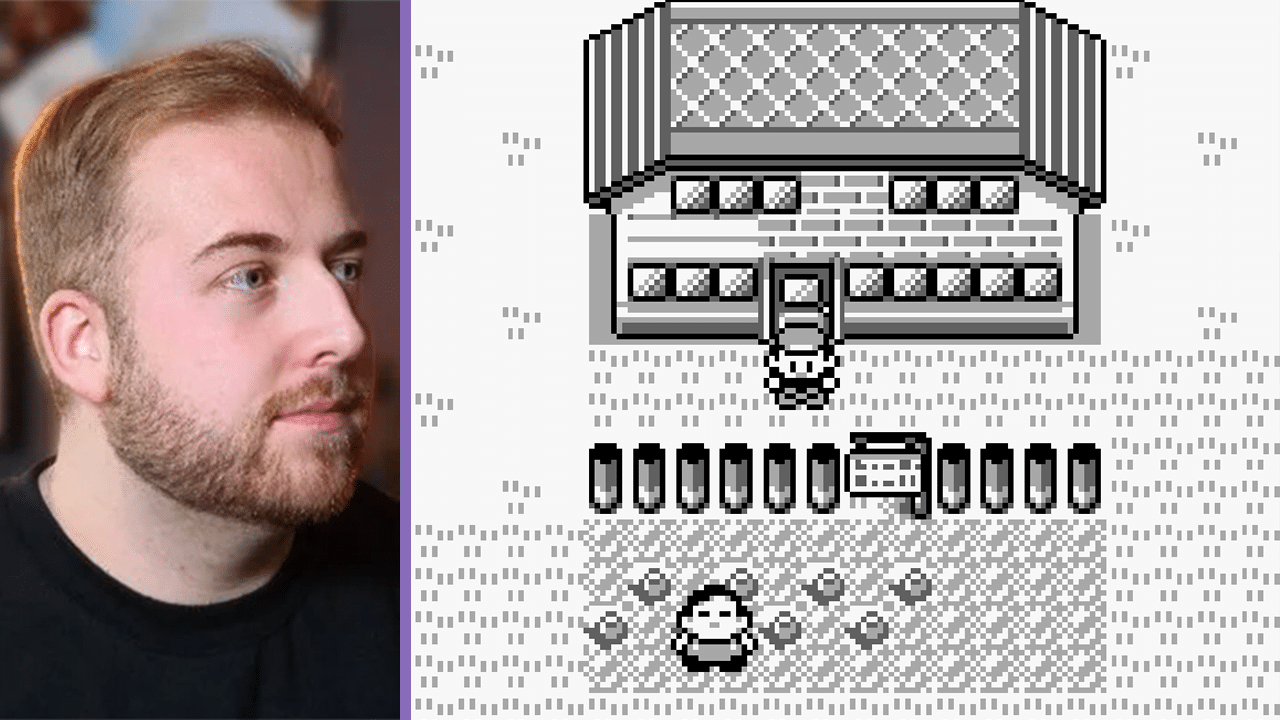
My most memorable gaming Easter Egg is one whose existence surfaced amongst my school playground when I was young; a Pokémon so mysterious that I parted with the Dairylea Dunkers from my lunchbox in exchange for the exact co-ordinates from a “friend” that knew where to discover it.
This Easter Egg, although an intentional part of the game, is the legendary MissingNo.
This was a Pokémon that was not a part of the Pokédex, only discovered by doing a certain number of things within Pokémon Red & Blue and only found in a very specific location on the map.
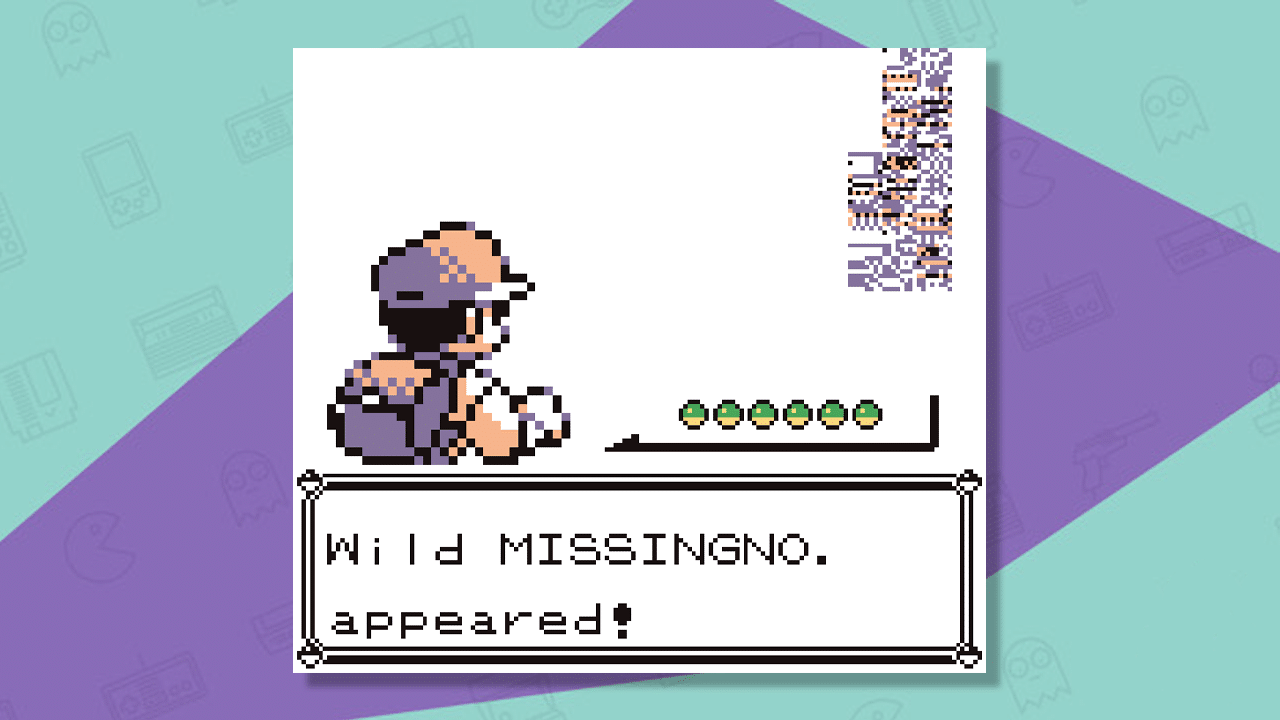
The game would basically become confused, and instead of showing a real Pokémon, the name “Missingno” or “M” would appear, showing what looked like a giant QR code.
Sometimes it would be different, however, with a total of five unique variants depending on what steps you had chosen in the game. One variant was a ghost, another the bones of Aerodactyl, and another the bones of Kabutops. Pokémon Yellow held a unique glitch version of the “QR Code” that crashed the game regardless of any steps you had made during the game beforehand!
It’s a simple yet effective Easter Egg and one that every Pokémon Master wanted to discover. Catching MissingNo. is possible, but doing so runs the risk of destroying your Red or Blue game save… so I’ll leave that to you to decide whether or not you think this glorified barcode is worth catching.


